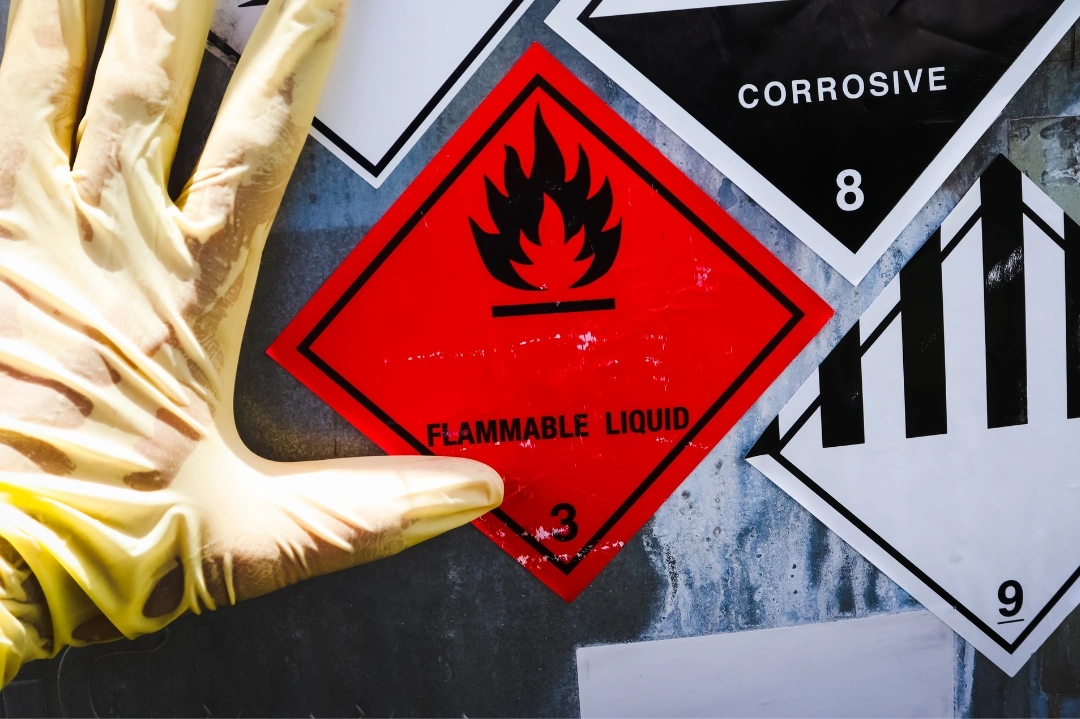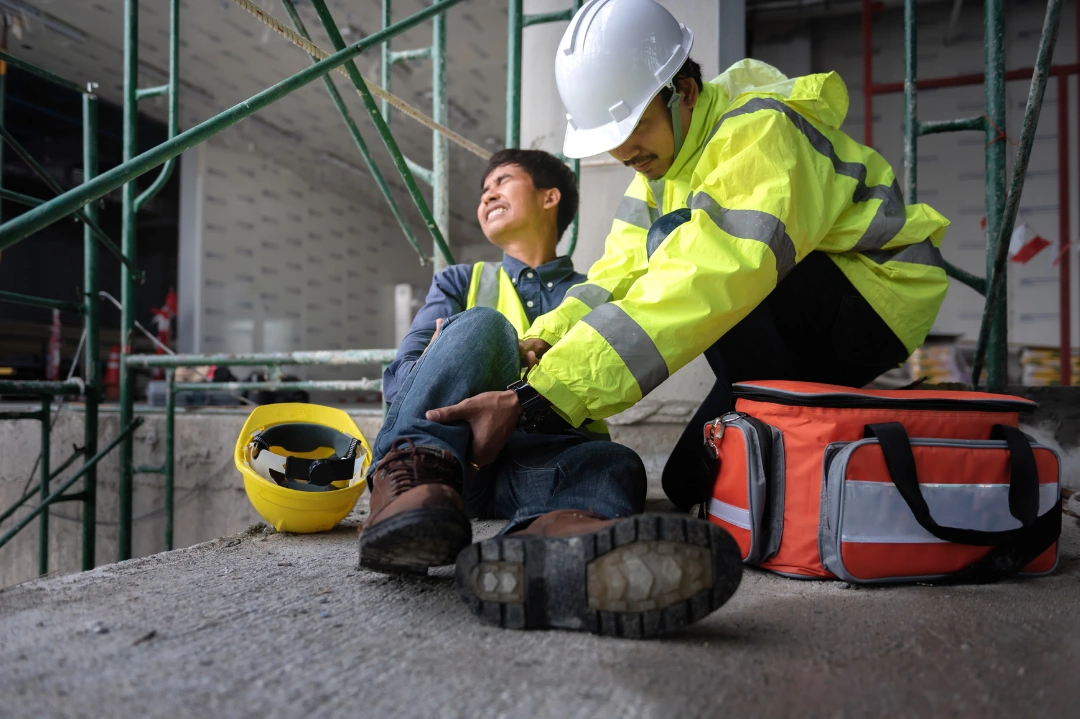
How To Assess Safety Hazard Risks
Employers of lone workers face the unique challenge of ensuring safety in isolated conditions. Assessing safety hazards is more than just a legal requirement. It’s a significant step toward creating a secure and efficient workplace. Discover practical strategies for identifying and managing risks specific to lone workers. Businesses can reduce risks and support employee well-being by focusing on effective hazard assessments. Uncover targeted insights to help establish a safer working environment for your team.
Recognizing Safety Hazards
Safety hazards can pose serious risks in any workplace, ranging from machinery-related injuries to exposure to harmful substances. Due to their isolation, lone workers face these risks. Without immediate help, minor issues can quickly become major problems.
Proactive hazard assessment is required to counter these risks. By spotting potential dangers early, employers can take steps to prevent incidents, ensure compliance with safety regulations, and promote a responsible work culture. Addressing the specific challenges lone workers face is pivotal to effective safety management. Through thorough hazard assessments, employers can equip their lone workers with the tools and knowledge needed to stay safe on the job.
Identifying Common Workplace Safety Hazards
Employers must be aware of the various safety hazards that can arise across different industries, especially when managing lone workers. These hazards include physical, environmental, ergonomic, and psychological risks, each presenting challenges requiring tailored strategies.
Physical Hazards
Physical hazards, such as slips, trips, and falls, are a significant concern in any workplace, particularly for lone workers who lack immediate help. To tackle these risks, employers must keep workspaces tidy and free from obstacles that could lead to accidents. To prevent mishaps, regular checks and maintenance of floors, lighting, and equipment are necessary.
Equipping lone workers with the right personal protective gear, like slip-resistant shoes, is beneficial, especially in areas prone to wet or slippery conditions. Implementing regular check-ins or using wearable technology can also ensure that lone workers get prompt assistance if needed.
Addressing physical hazards head-on can greatly reduce injury risks and improve safety for those working alone.
Environmental Hazards
Lone workers face significant risks from environmental hazards, such as extreme temperatures, hazardous chemicals, and poor air quality. These conditions can seriously affect health if not managed properly. Employers need to take proactive steps to address these dangers. Comprehensive training on handling hazardous materials and ensuring workers have access to necessary safety gear, like protective clothing and respirators, is essential. Reliable communication devices are also required for lone workers to report environmental issues quickly.
Regular checks of environmental conditions are requisite. Employers can use technology, such as sensors and alarms, to monitor temperature or air quality changes, allowing for swift action when needed. By prioritizing a safe working environment, employers can help protect lone workers from the harmful effects of environmental hazards and ensure their well-being.
Ergonomic Hazards
Ergonomic hazards can significantly affect the health and efficiency of lone workers, often going unnoticed until they cause serious issues. These hazards stem from poorly designed workstations, repetitive motions, or awkward postures, which can lead to musculoskeletal problems over time. Lone workers, without immediate access to ergonomic support, face heightened risks.
To address these challenges, employers should offer ergonomic training that teaches the importance of good posture and taking regular breaks. Providing adjustable equipment, like chairs and desks, tailored to individual needs, can greatly reduce physical strain. Encouraging workers to report discomfort early allows for prompt adjustments.
Employers can also use technology, such as ergonomic assessment apps, to help workers evaluate and improve their work setups. By prioritizing ergonomic safety, businesses can enhance the comfort and productivity of lone workers, minimize injury risks, and support their overall well-being.
Psychological Hazards
Lone workers often face unique psychological challenges, such as stress and isolation, which can impact their performance and safety. Employers need to address these issues to ensure a healthy work environment.
Regular communication is paramount to tackling psychological risks. Consistent check-ins via phone or video can help alleviate feelings of isolation. Encouraging breaks and effective workload management can also reduce stress and prevent burnout.
Access to mental health resources, like counseling services or employee assistance programs, is also advantageous. Stress management and resilience training can equip lone workers to handle their roles' demands better.
By prioritizing mental health, employers can enhance the well-being of lone workers, keeping them engaged and safe.
Best Practices For Conducting Safety Hazard Assessments
Thorough safety hazard assessments are beneficial for identifying risks and implementing strategies to protect lone workers. This process helps create a safer environment, reducing the chances of accidents and injuries.
Regular Risk Assessments
Regularly assessing risks helps maintain safety for lone workers. These evaluations uncover new hazards and test the effectiveness of current safety measures. A structured approach ensures comprehensive assessments.
- ●
Identify Hazards: Start by pinpointing potential hazards specific to the lone worker's tasks and environment.
- ●
Evaluate Risks: Analyze the likelihood and impact of each hazard, considering exposure frequency and potential severity.
- ●
Implement Controls: Develop strategies to eliminate or reduce risks, such as modifying work processes or providing protective gear.
- ●
Review and Update: Regularly revisit assessments to keep them relevant. Update safety measures to address new challenges or changes in the work environment.
Involving Employees In Safety Planning
Engaging lone workers in safety planning benefits both employers and employees. Safety discussion workers are more likely to follow protocols and offer valuable insights.
- ●
Encourage Feedback: Foster open communication where lone workers can share experiences and suggest improvements through surveys or meetings.
- ●
Collaborative Solutions: Work with employees to develop practical solutions to identified hazards, fostering a sense of ownership.
- ●
Recognition and Incentives: Acknowledge and reward employees who actively contribute to safety initiatives, encouraging ongoing participation.
Utilizing Technology For Safety Monitoring
Technology significantly enhances safety for lone workers by providing tools that monitor conditions and offer real-time alerts.
- ●
Wearable Devices: Equip workers with technology that tracks vital signs and environmental conditions, sending alerts if necessary.
- ●
Safety Apps: Use smartphone apps for regular check-ins, hazard reporting, and quick access to emergency contacts.
- ●
Remote Monitoring Systems: Implement systems that track worker locations and conditions, enabling prompt intervention when needed.
Training And Education
Ongoing training and education equip lone workers with the skills to safely navigate potential hazards.
- ●
Comprehensive Training Programs: Develop sessions covering hazard identification, emergency procedures, and protective equipment use.
- ●
Scenario-Based Learning: Use real-life scenarios to teach workers how to respond to various hazards, enhancing problem-solving skills.
- ●
Continuous Learning: Promote continuous education through workshops and online courses to update workers on safety practices.
Developing A Comprehensive Safety Plan
Creating a safety plan tailored to lone workers is a strategic step in ensuring their protection. This plan should be dynamic, regularly updated, and integrated into the organization's overall safety strategy.
- ●
Risk Assessment Integration: Incorporate findings from regular risk assessments into the safety plan, ensuring it addresses all identified hazards.
- ●
Clear Procedures: Outline clear procedures for emergencies, communication protocols, and reporting mechanisms.
- ●
Regular Revisions: Update the safety plan periodically to reflect changes in the work environment, technology advancements, and regulatory requirements.
- ●
Employee Involvement: Involve lone workers in developing and revising the safety plan to ensure it meets their needs and addresses their concerns.
Conclusion
Assessing safety hazards is a critical responsibility for employers of lone workers. Employers can create a safer workplace environment by implementing best practices, such as regular risk assessments, involving employees in safety planning, utilizing technology, and providing ongoing training. Developing a comprehensive safety plan tailored to lone workers' needs further strengthens these efforts. Prioritizing safety ensures compliance with regulations and fosters a culture of care and responsibility, safeguarding the workforce's well-being.
Read More From the Lone Worker Blog
Man Down Alerts: What They Are And How They Keep Lone Workers Safe

Lone workers face heightened risks—from slips and falls to sudden medical emergencies—without anyone nearby to assist. A man down alert helps bridge that gap.
Read MoreWork Accidents: Prevention And Response

Ensuring the safety of lone workers is one of the biggest responsibilities for employers. These workers face unique risks, making understanding and mitigating the potential for work accidents essential.
Read More


